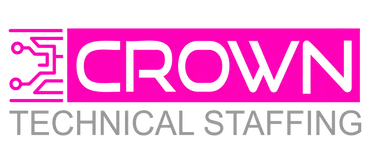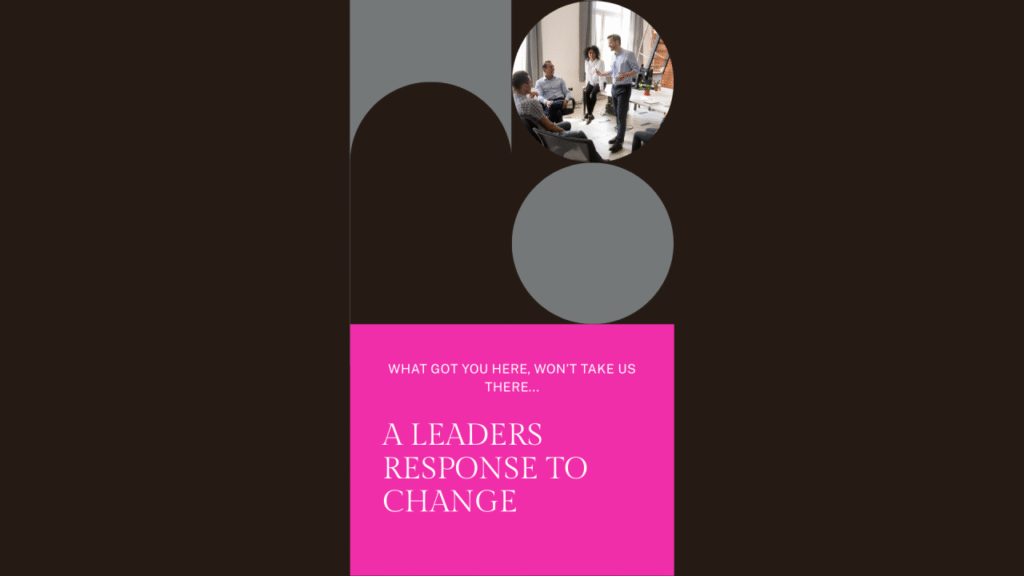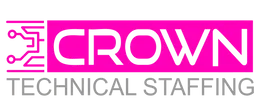In today’s market, caution is the name of the game within the manufacturing sector and across many business verticals. Growth strategies are scrutinized, budgets are tighter, and leadership must rise to the challenge. Getting it right the first time is non-negotiable.
Companies are prioritizing roles that build resilience and enhance operational efficiency. Over the past 90 days, companies have been searching for more candidates with project management, new product development, and automation skills in their backgrounds. This isn’t the time for risky hires or a ‘wait and see’ approach. If your leadership strategy isn’t resonating, it’s costing you more than you know.
So, where does effective leadership change begin?
While the instinct might be to examine the C-suite, CEOs, COOs, and Chief People Officers, it’s important to widen our scope. Is the greatest barrier to transformation truly up top?
In many cases, the answer is no.
I recently tuned into the podcast Ladies Who Launch, where Vanessa Kingori, Managing Director at Google and former Chief Business Officer at British Vogue, shared insightful reflections on leadership. She’s led transformation across creative and corporate landscapes, and as someone who’s broken multiple barriers, as a woman, a Black woman, and a working-class leader, her reflections on leadership struck a chord.
Throughout her journey, Vanessa shared that the greatest resistance to her leadership didn’t come from the top. It wasn’t the frontline leaders, supervisors, team leads, etc., who knew why change was needed and fully supported her vision.
The real challenge? The middle tier.
Often overlooked, the middle tier of leadership can feel threatened by new ideas and disruption from newcomers. They have established success and consequently have more to lose, which can create resistance to change. Be very afraid of those who state, “This is how it’s always been done!” Many transformation efforts quietly stall here, so senior leadership and appointing the right person to lead the charge matter more.
At Crown Technical, our experience shows that without mid-level leaders on board, given the tools and confidence to lead differently, your best-laid strategies will fall flat.
In her journey, Vanessa described how some of her challenges were not due to her race or gender. It hinged on what people expected “authority” to look and sound like. They were used to a particular leadership prototype. Often older. Often male. Often upper class. More command and control. Her collaborative style, curiosity, and admitting that she didn’t have all the answers didn’t match that mental model. Yet, this style embodies exactly what organizations claim to want—authentic, empowering, and forward-thinking leadership.
So why the disconnect?
Because we’ve been conditioned to see leadership through a narrow lens. Shifting that view requires more than just a new hire, it needs a leadership reset.
Despite her hectic schedule, Vanessa shares how she carves out time for genuine connection, even amidst back-to-back meetings. She makes it a priority to speak with stakeholders on a personal level, identifying real change-makers. In a digitally overloaded era, those who take a moment to pause, ask questions, and truly listen are the ones who can drive meaningful impact.
What does this mean for organizations hiring over the next few months?
When businesses are being cautious, every leadership hire needs to land. That means:
- Appointing leaders who can collaborate, not command.
- Hiring directors and senior leaders who support mid-tier managers to adapt and lead through change.
- Prioritizing human connection in a hybrid, digitized world.
- Understanding the real power dynamics in an organization, beyond just the org chart.
This isn’t just about filling roles. It’s about building teams that perform under pressure, adapt confidently, and deliver lasting impact.
Leadership today isn’t about being the loudest in the room. It’s about knowing when to speak, when to listen, and who’s really holding the mic.
If you’re looking to make a strategic hire across your manufacturing or engineering teams, let’s discuss your unique challenges. Our CDS System® delivers highly qualified engineers and technical talent with a bespoke process custom to each hiring manager.
When you’re ready, here are 3 ways that we can help:
1. We will assess your most complex or challenging workforce concerns and provide market insights and relevant data to help guide you towards a solution.
2. Reduce the cost of acquiring and training new hires by supporting and enhancing the efforts of your onboarding team for the first 90 days.
3. Provide a zero-risk and no-cost assessment of your hiring strategies with a 15-minute consultation.


